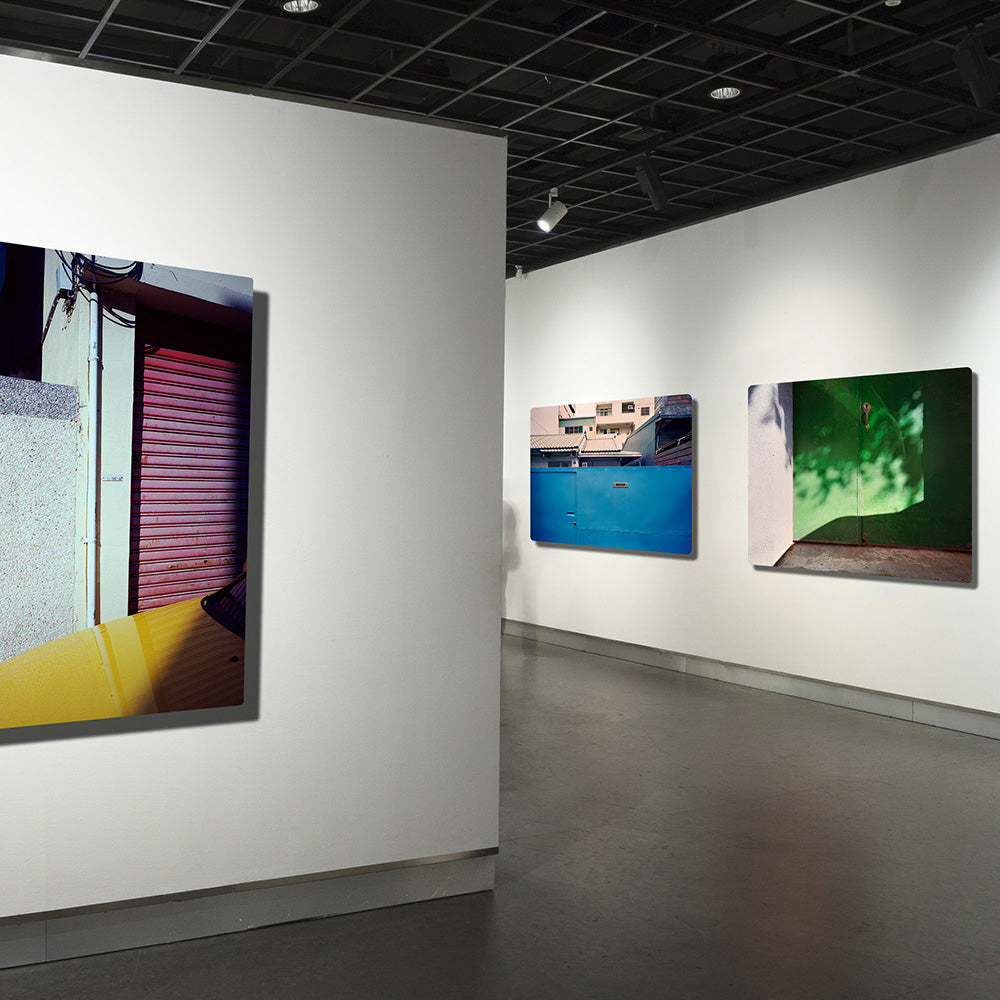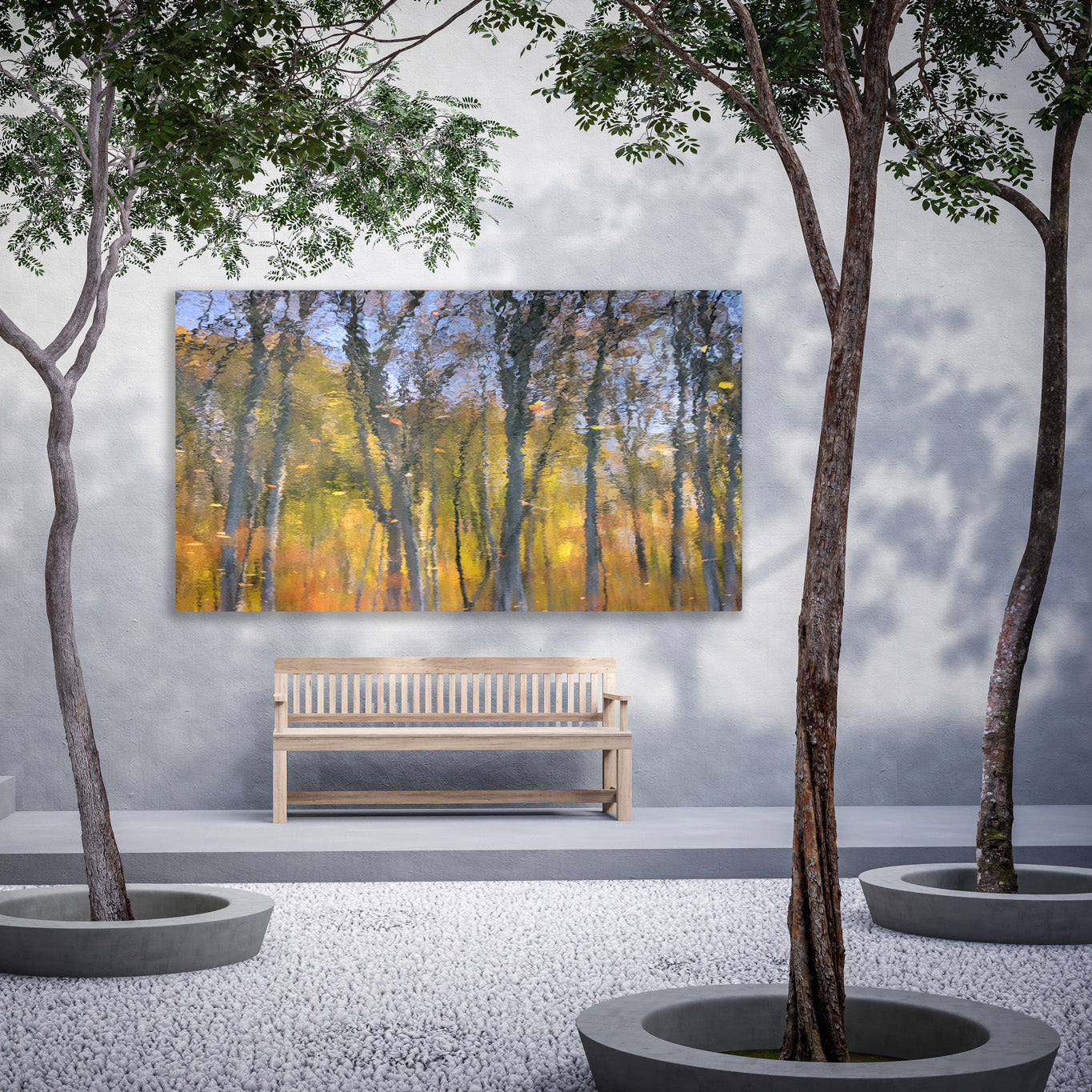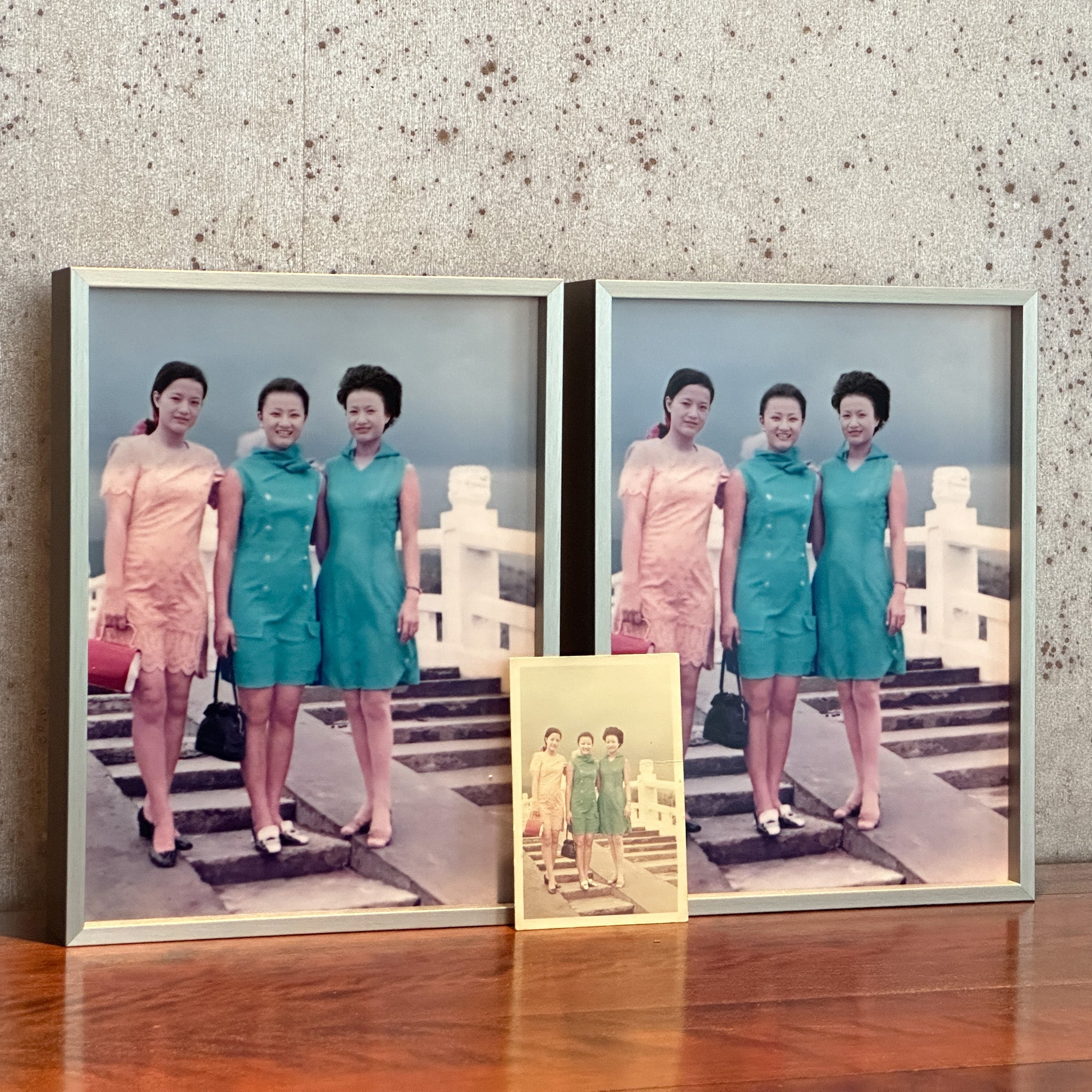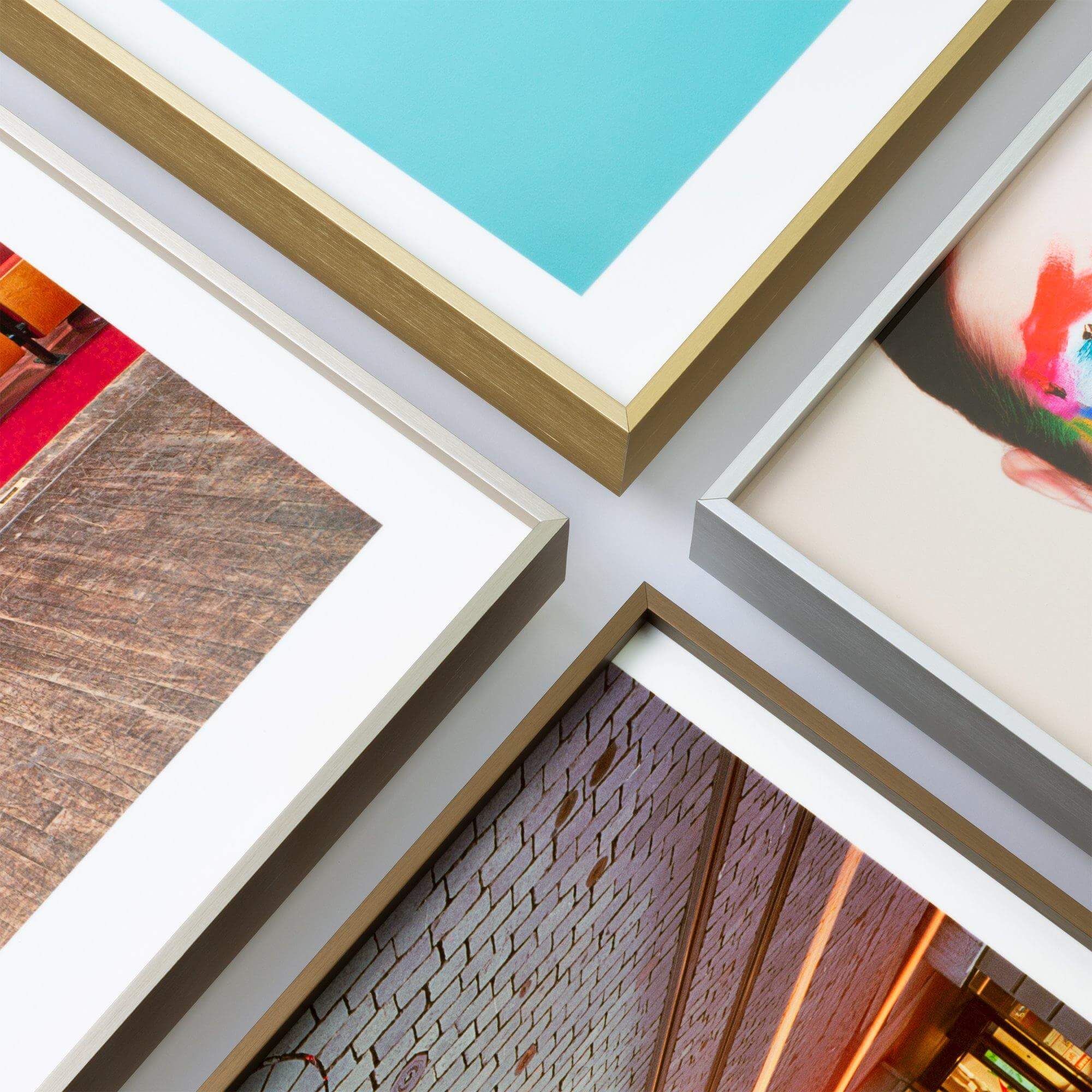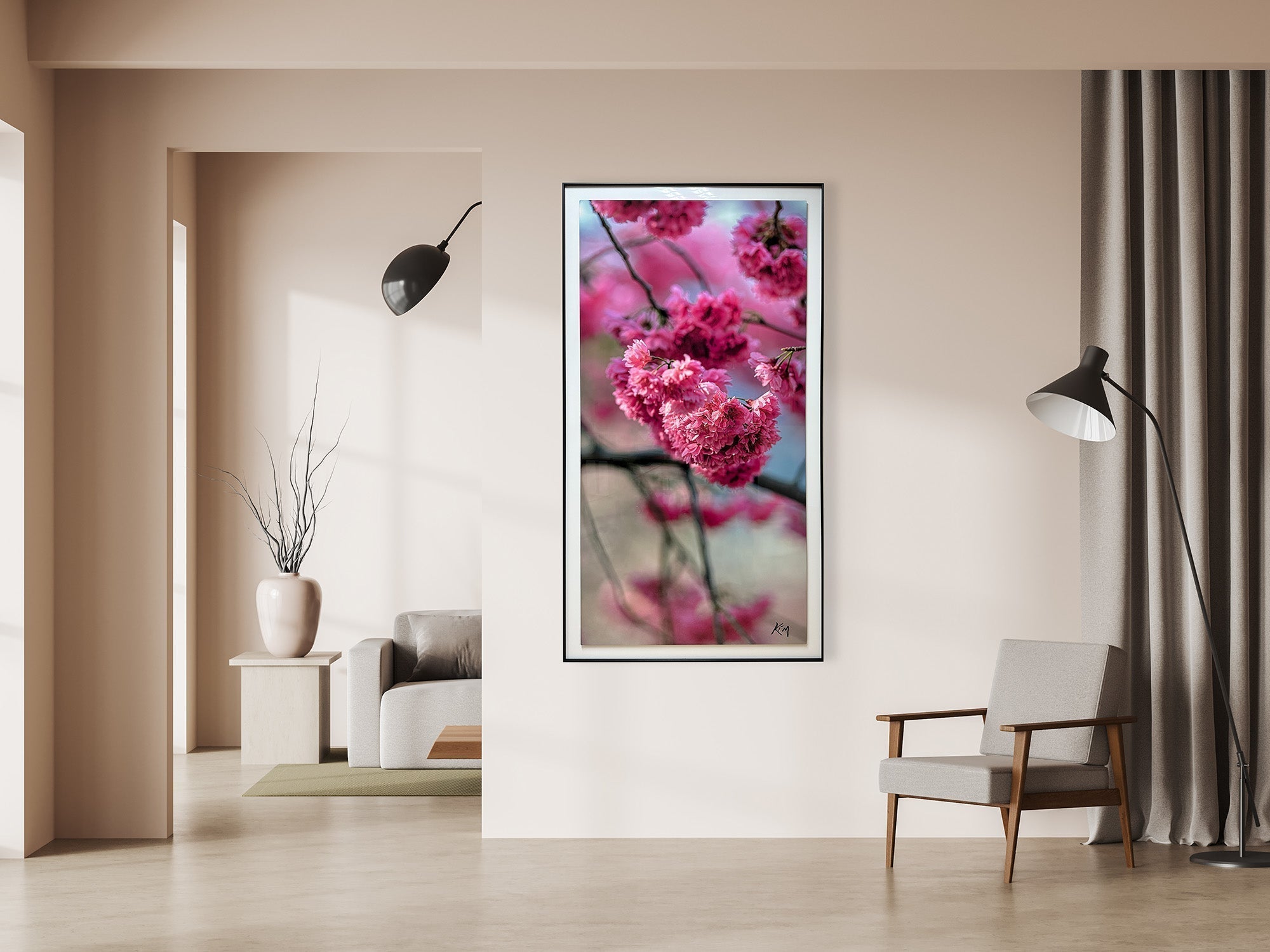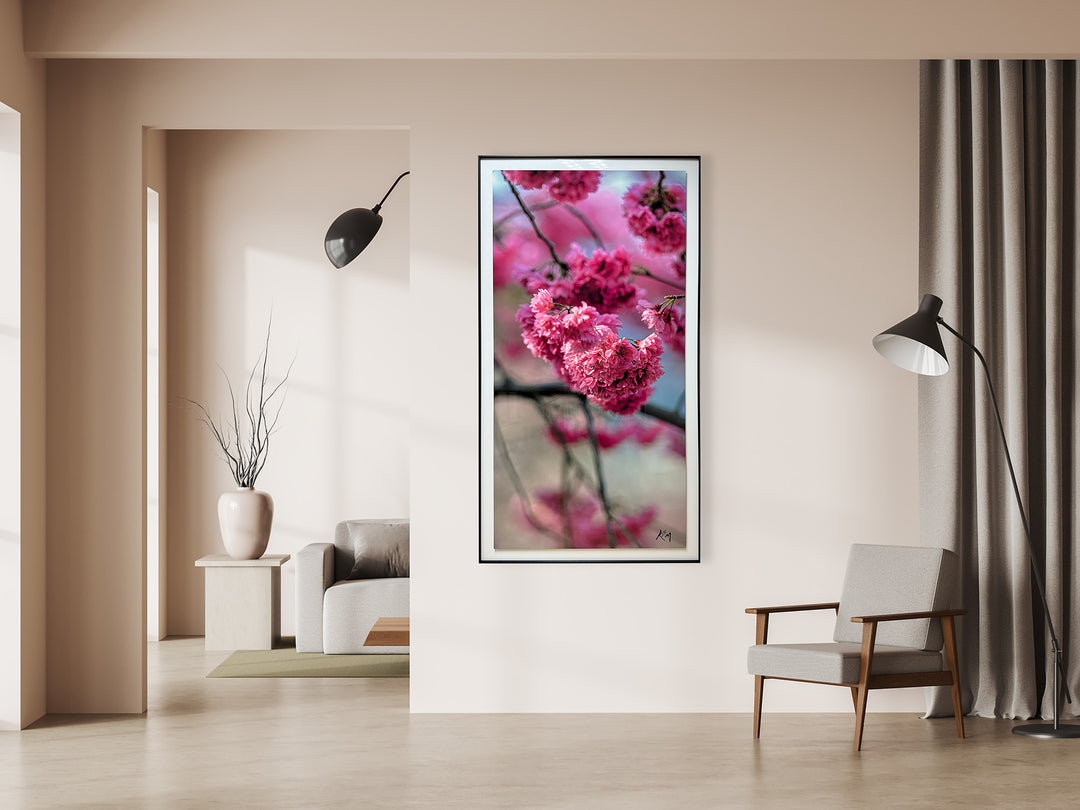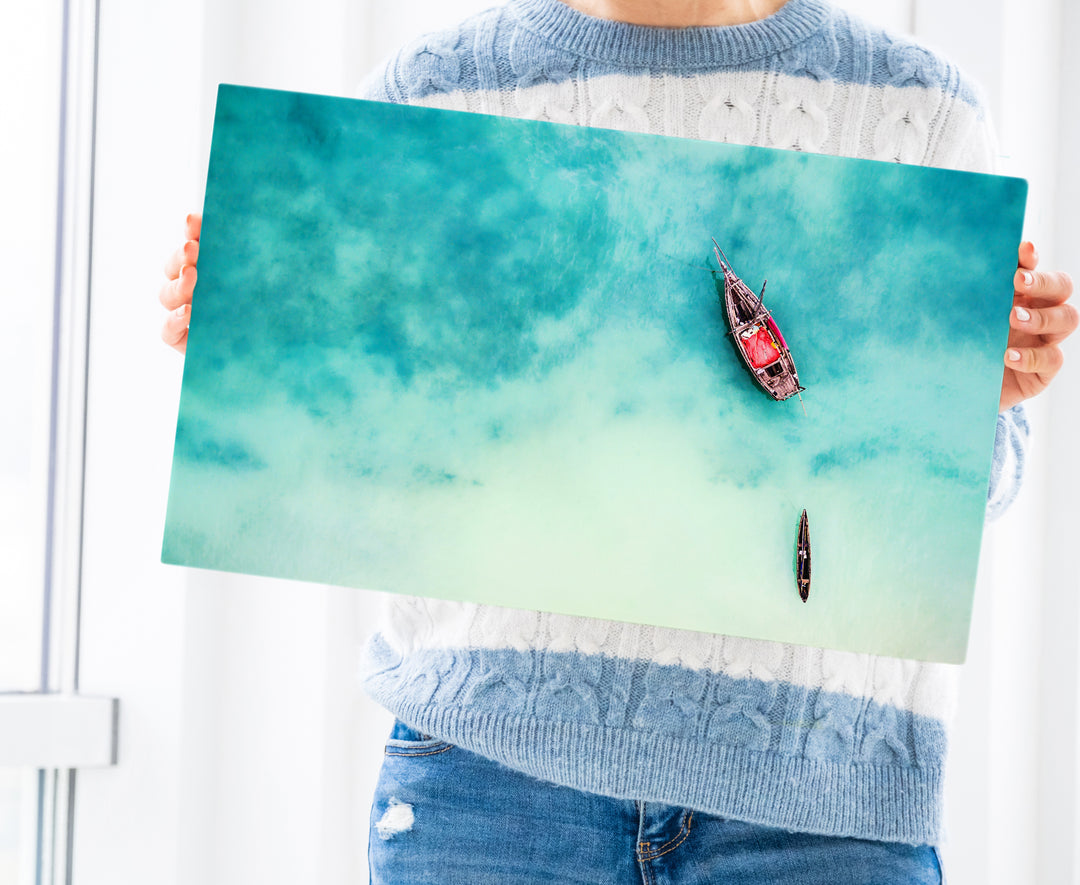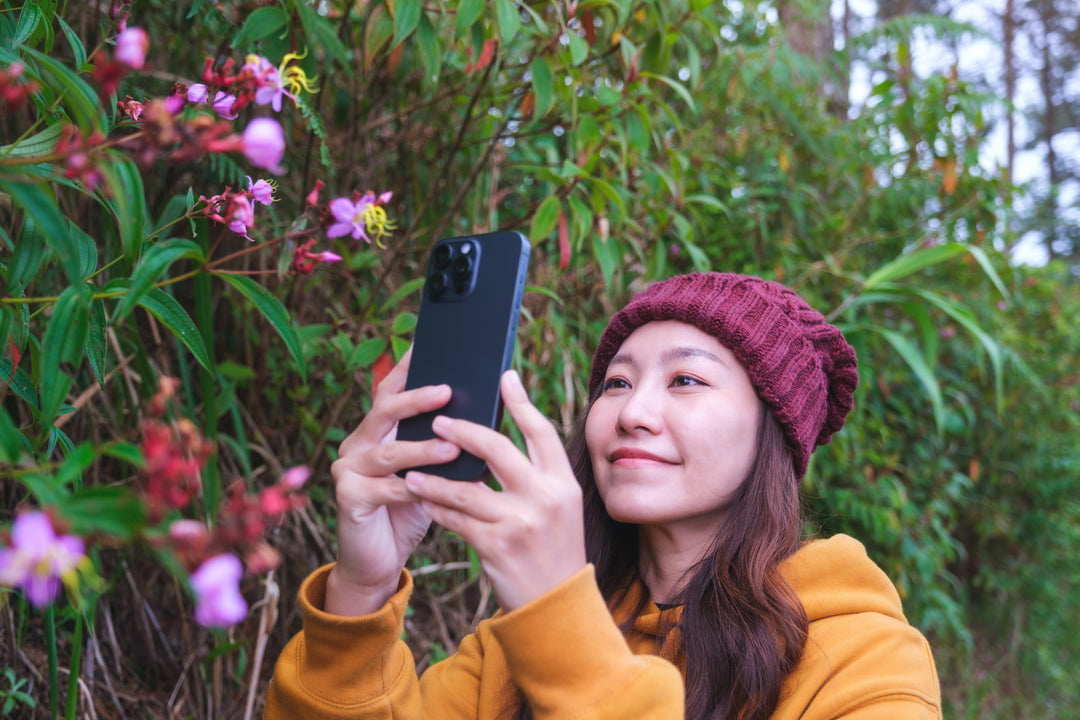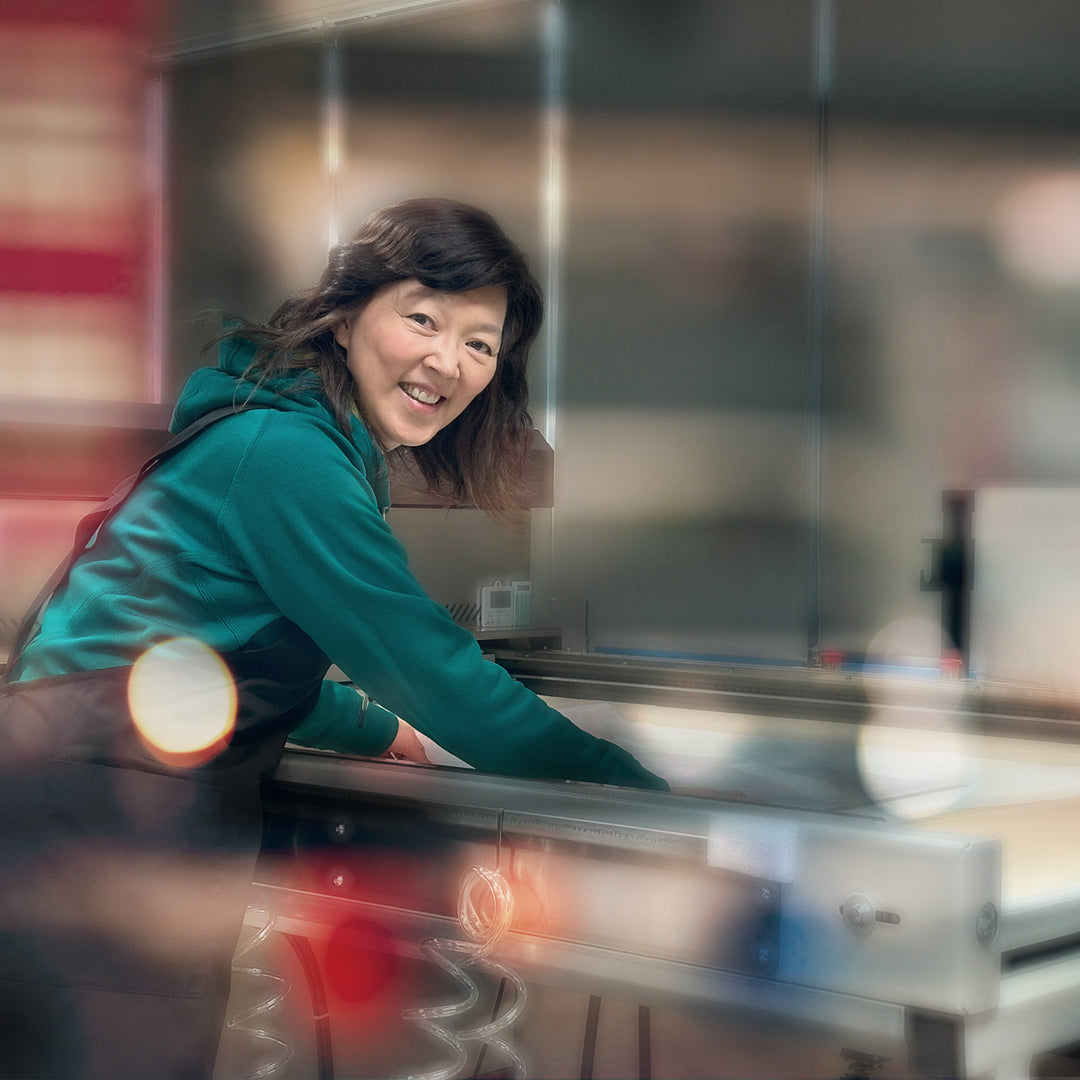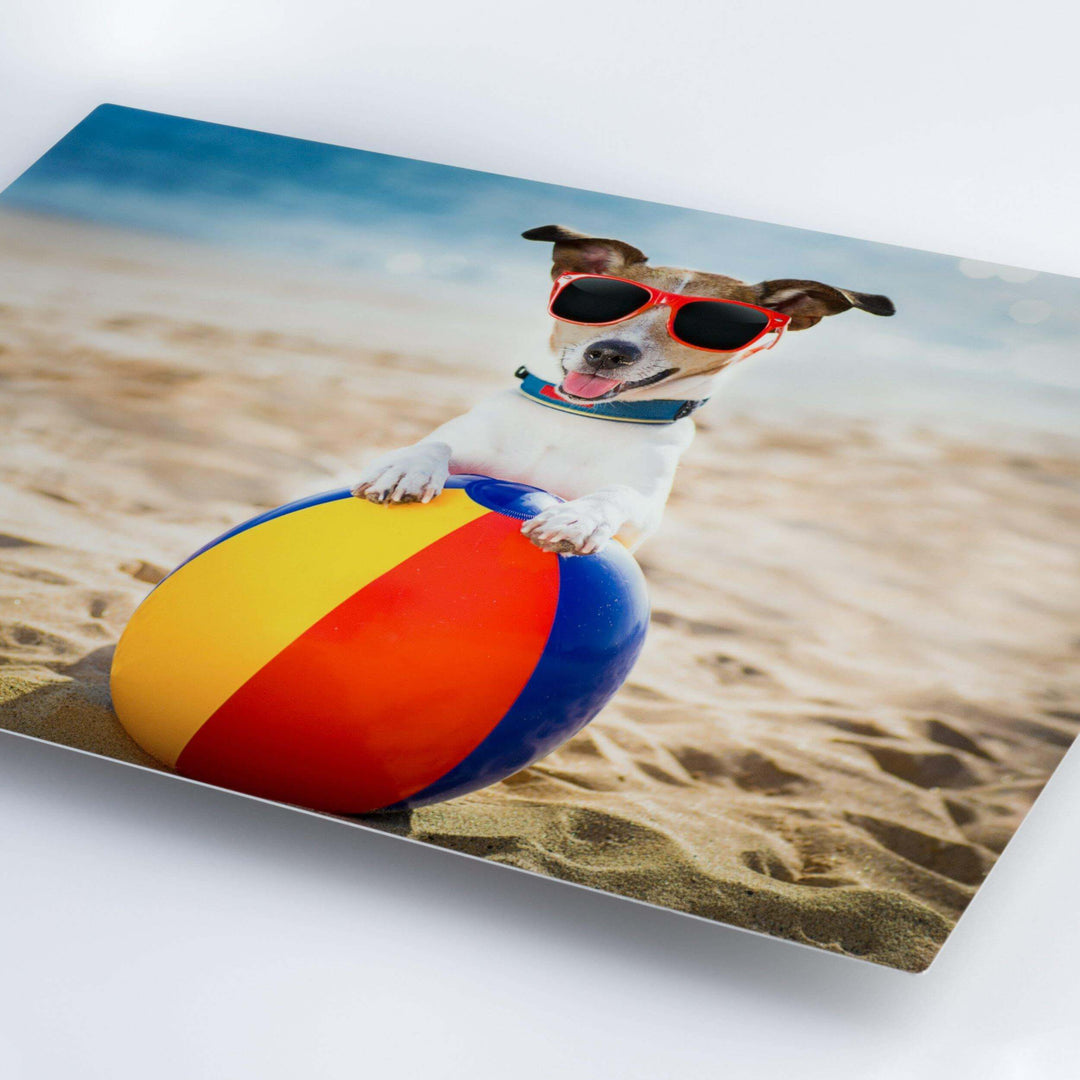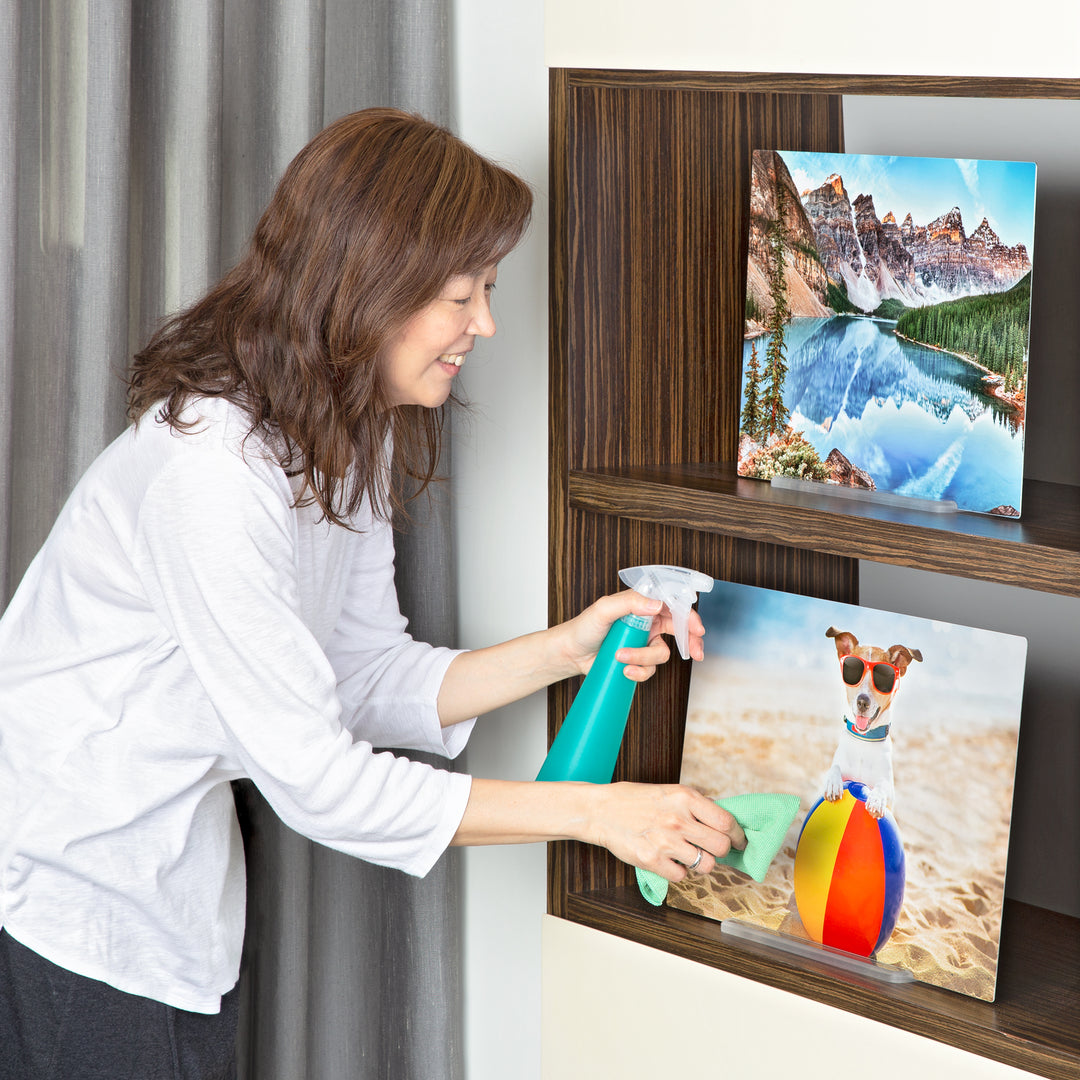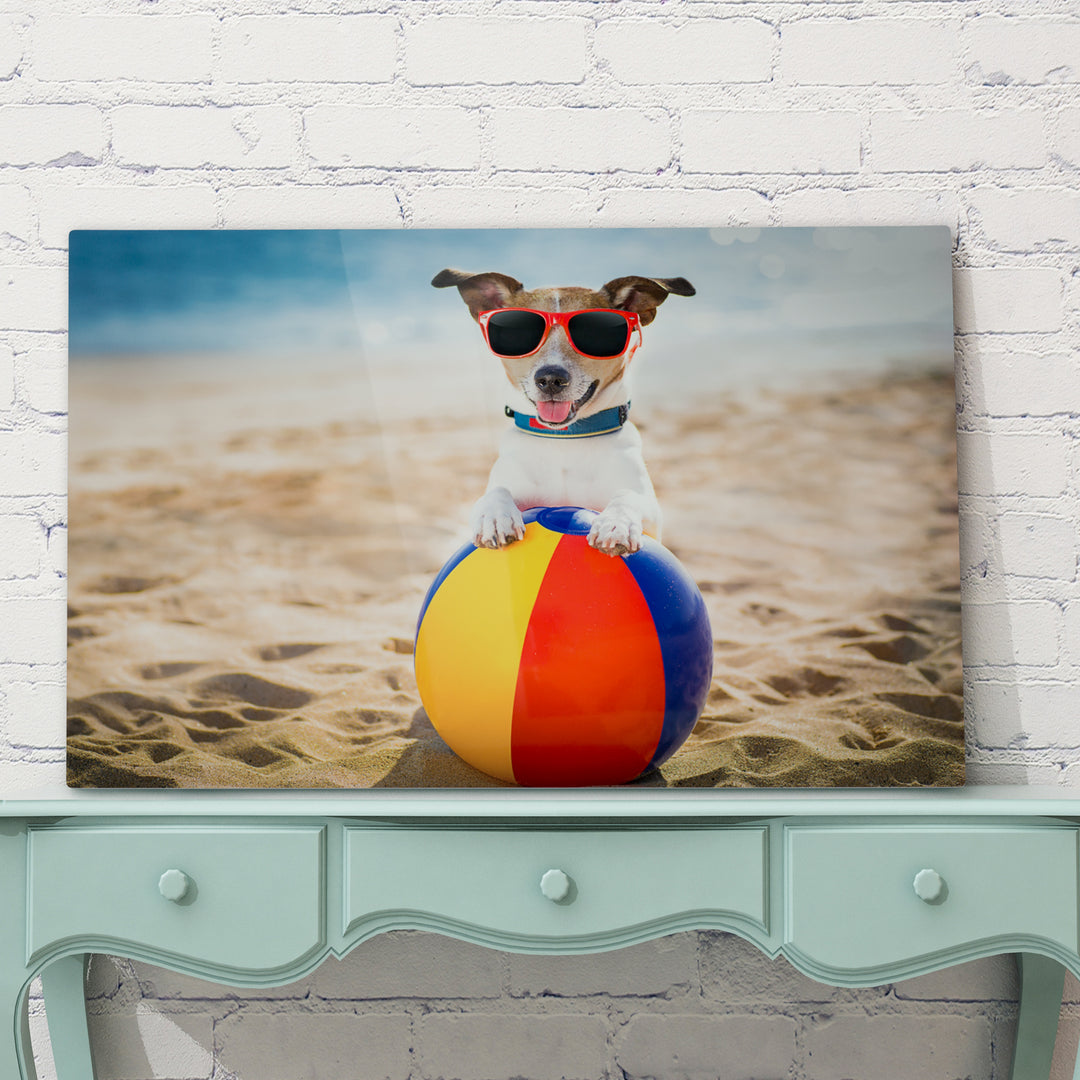
In today's visual age, a good photo can be worth a thousand words. But have you ever considered that the seemingly simple term photo size actually profoundly affects how we present and share these precious visual memories?
It not only affects the quality and presentation of physical photo development , but also determines your display effect on social platforms, the compliance of your documents, and even affects the loading performance of the website and the professional impression given by the brand.
This article is the ultimate, most comprehensive guide to photo sizes you'll find online. Starting from the core concepts, we'll thoroughly analyze the various photo sizes, ratios, resolutions, and application scenarios, from digital display to print output. We'll also provide practical tools and techniques to help you perfectly master all your photo needs.
Analysis of the core concepts of photo size
Before we dive into the various applications, let’s take a few minutes to explain the most important basics.
What is a pixel?
You can think of "pixels" as the smallest blocks of color that make up a digital photo, like the small pieces that make up a larger puzzle.
- Quantity determines detail : The number of "pixels" a photo has (e.g. 4000 x 3000 pixels) represents how much detail it contains. The more pixels, the richer the detail the photo can record, but the larger the file size.
- Bitmap : The photos we take every day are all bitmaps, which are composed of countless pixels. Therefore, when you over-enlarge the bitmap, you will see blocks of color, creating a blurred or mosaic effect.
- Vector graphics : Vector graphics are often used in logo design or digital painting. They are recorded by mathematical equations. Their characteristic is that they can be infinitely enlarged without distortion.
What is resolution?
If pixels are the "raw materials", then resolution is the "process".
-
Definition : Resolution refers to the number of pixels per unit length in a bitmap (that is, a typical photo). The most common unit is inches.
-
DPI vs PPI :
- DPI (Dots Per Inch): Dots per inch, mainly used to describe the resolution of printed materials
- PPI (Pixels Per Inch) : Pixels per inch, mainly used to describe the resolution of "digital screens"
- Nowadays, these two words are often used interchangeably, and you can think of them as the "density" of pixels . The higher the density, the clearer the image, the more delicate the tones, and the more refined the picture quality.
-
Recommended resolutions for different purposes :
- General printed materials (such as business cards, flyers) : 300dpi is the industry-recognized high quality standard
- Professional photo albums/books : For extreme detail, sometimes 300-450dpi is required
- Large image output (such as posters, canvas) : Due to the long viewing distance, 150-200dpi is usually sufficient
- Web Design/UI : Screen displays only need 72dpi to look clear

File format selection: How to choose the best format for different purposes?
- JPG: The most common photo format. It has a high compression ratio and can significantly reduce the file size while maintaining good image quality. It is the first choice for websites and general printing.
- PNG: Its biggest advantage is that it supports transparent backgrounds, making it ideal for logos, icons, or images that need to be background-removed. Its file size is usually larger than JPG, but the quality is also better.
- GIF: Only suitable for simple animated images. It has a limited number of colors and is not suitable for storing high-quality photos.
- TIFF: A professional-grade lossless format. It can fully preserve all image details. The file size is very large and is mainly used for high-end artwork production or reproduction, as well as professional publishing and printing.
Color Mode: Converting Color from Screen to Print
- RGB (Red, Green, Blue): These are the "three primary colors of light." All digital screens (mobile phones, computers) use RGB to display colors. Compared to CMYK, RGB has a wider color gamut (the range of colors it can display).
- CMYK (Cyan, Magenta, Yellow, Black): This is the "four-color printing" method. All color prints are made by superimposing these four colors of ink. Its color gamut is slightly narrower than RGB.
- What you need to know : When you take a photo from your phone to print, it will inevitably go through a conversion process from RGB to CMYK. This is why the printed colors may sometimes differ slightly from what you see on the screen. Although this conversion process is usually handled by professional printing services like us, understanding this principle can help you have a more reasonable expectation of the color of the finished product.

Now that we've learned the core concepts, let's look at how this knowledge can be applied in various situations.
Detection and Application Guide for Physical Photo Size
This is the most common need to transform digital memories into permanent entities.
Enough of the theory, let's try it out for ourselves! Using the free online testing tool below, developed exclusively by Weisi Imaging, all you need to do is upload your photo and select your desired output size to instantly receive a personalized image output recommendation.
1. Start testing immediately
Step 1 Upload the file
Upload your photo files, or scanned files of paintings, etc.
Step 2 Select size
Select or enter your preferred photo size in centimeters or inches
Step 3 View the report
Immediately see the professional quality analysis and suggestions we generate for you
2. How to interpret your test report?
Once you've selected the desired photo size , our tool will provide an easy-to-understand quality report. This report will primarily tell you the DPI (DPI) of your photo at that size, and the resolution level it represents.
Assuming the photo clarity and quality are good, here are some professional suggestions for three main results:
Excellent output potential (300+ DPI)
Your file has sufficient pixel density to meet our highest standards for producing top-quality metal photos, which means it has excellent potential for producing detailed finished products.
Good resolution, great potential (150-299 DPI)
Your photos have a good foundation. To achieve the highest possible quality in our professional workflow, these files will automatically be enhanced with professional AI image enhancement technology to further enhance detail and optimize texture.
Requires professional evaluation to achieve optimal results (< 150 DPI)
If you export this photo directly to your selected size, it may lose some valuable details.
But don't worry, this doesn't mean it can't be a beautiful work of art... Through professional AI technology and manual refinement, it can often bring improvements beyond expectations.
Did you see your test results?
If the result shows "Excellent Output Potential," congratulations! Your photo is ready to be turned into a stunning work of art.
►Visit our ChromaLuxe Metal photos now
If the result says "Good Quality" or "Needs Professional Evaluation," don't worry. This is where our professional image consultants can help. Through our AI image enhancement and manual retouching, even seemingly ordinary photos can be transformed into something beyond your expectations.
►Book our [Free Imaging Checkup] now and let our experts help you!
Next, before you get ready to develop, here are a few professional archival preparation tips to make your finished product even better.
3. Printing File Preparation Guidelines
- File Format Selection : We support the most common JPG and professional TIFF file formats. For most photo printing needs, high-quality JPG files are more than sufficient. If you seek extreme detail, lossless TIFF files are your best choice. Please avoid using the GIF format, which is not suitable for printing.
- Photography Tip : Because the camera's sensor aspect ratio (usually 4:3 or 3:2) may not exactly match the size of your desired print, the edges of your photo may be slightly cropped during development. Therefore, we strongly recommend placing the main subject or important object in the center of the frame, leaving ample space around it to avoid cropping out key details.
4. Common photo sizes and required pixel count comparison table
Now that you understand the concepts of pixels and DPI, you might still be curious: "So, what's the most common size for my photos?" We've compiled a very useful comparison chart to help you easily understand the minimum pixels required for various common photo sizes .
| Photo size | cm (approximately) | Pixels required for optimal image quality (300 DPI) |
Acceptable quality pixels (150 DPI) |
|---|---|---|---|
| 2x3 inches | 5.1 x 7.6 | 600 x 900 | 300 x 450 |
| 3.5x5 inches (3R) | 8.9 x 12.7 | 1050 x 1500 | 525 x 750 |
| 4x6 inches (4R) | 10.2 x 15.2 | 1200 x 1800 | 600 x 900 |
| 5x7 inches (5R) | 12.7 x 17.8 | 1500 x 2100 | 750 x 1050 |
| 6x8 inches (6R) | 15.2 x 20.3 | 1800 x 2400 | 900 x 1200 |
| 8x10 inches (8R) | 20.3 x 25.4 | 2400 x 3000 | 1200 x 1500 |
| 8x12 inches | 20.3 x 30.5 | 2400 x 3600 | 1200 x 1800 |
| A4 | 21.0 x 29.7 | 2480 x 3508 | 1240 x 1754 |
| 12x16 inches | 30.5 x 40.6 | 3600 x 4800 | 1800 x 2400 |
| 12x18 inches | 30.5 x 45.7 | 3600 x 5400 | 1800 x 2700 |
| A3 | 29.7 x 42.0 | 3508 x 4961 | 1754 x 2480 |
| 16x20 inches | 40.6 x 50.8 | 4800 x 6000 | 2400 x 3000 |
| 16x24 inches | 40.6 x 61.0 | 4800 x 7200 | 2400 x 3600 |
| A2 | 42.0 x 59.4 | 4961 x 7016 | 2480 x 3508 |
| 20x30 inches | 50.8 x 76.2 | 6000 x 9000 | 3000 x 4500 |
| A1 | 59.4 x 84.1 | 7016 x 9933 | 3508 x 4967 |
The choice of physical photos: metal vs. paper
Why did we specifically mention the image quality of "metal photos" in your report? Because we know you must have a photo you want to develop, which is why you found our article and wanted to learn more about photo sizes.
We recommend you try "Metal Photo" because when you hold a metal photo in your hand or hang it on the wall, it will not only be a photo, but also a modern handicraft worth cherishing forever.
To explain further, traditional photo development or digital output presents the image on paper, while metal photos use our exclusive thermal sublimation process to directly print your image onto a specially coated aluminum plate.
1. Metal Photographs vs. Paper Photographs - Overall Comparison
| characteristic | Metal print | Traditional photo paper printing/art giclee print |
|---|---|---|
| Visual Effects | Vivid and bright colors, rich three-dimensional sense and gloss | The color is gentle and the visual effect is flat |
| Durability | Waterproof, scratch-resistant, UV-resistant, easy to clean | Afraid of moisture, prone to fingerprints, requires framing for protection |
| Presentation | Available in a modern frameless design or with a frame | Need to match with a picture frame, the style is more traditional |
| Shelf life | In indoor environments, it can last for decades without fading | May turn yellow after a few years due to environmental influences |
Our testing tools are designed to ensure that your archive is of high quality, capable of unleashing the full potential of metal photographs and preserving your memories for a long time.
2. Metal Photographs vs. Paper Photographs - Daily Care and Display
- Maintenance of Metal Photos: Metal photos have excellent properties of being waterproof, scratch-resistant and UV-resistant and are very easy to clean.
- For daily maintenance, you only need to wipe the surface gently with a soft cloth or clean water. If you encounter more stubborn stains, you can also use cleaning alcohol to wipe them.
- It does not require specific storage conditions and is very suitable for Taiwan's hot and humid environment. It can last for decades without fading under normal indoor display.

- Maintenance of traditional photo paper: In comparison, traditional photo paper is afraid of moisture and easily stained with fingerprints.
- Usually requires framing for protection
- It is recommended to avoid long-term direct sunlight to slow down the yellowing or fading.
ID photo size and strict regulations
ID photos are the most critical aspect of photo size. Beyond image quality, there are also strict legal requirements for size and specifications. We've listed some common ID photos below. For more information, click the link to learn more!
Common ID Photo Sizes and Usages in Taiwan
- 1 inch (2.8 x 3.5 cm): Suitable for Taiwan driver's license, most licenses, disability handbooks, resumes, etc.
- 2-inch headshot (3.5 x 4.5 cm): The most critical size, suitable for ID cards, passports, Taiwan Compatriot Permits, Alien Resident Permits, and most national exams
- 2-inch half-length photo (4.2 x 4.7 cm): commonly used for health insurance cards, international driver's licenses, student ID cards, etc.
I would like to point out that the government agencies did not specify the actual size of some photos, only describing them as 1 inch or 2 inches. The above cm information is based on online information and is provided for your reference.
Special sizes for international visas (list only)
- US Visa (5 x 5 cm)
- Canadian Visa (3.5 x 4.5 cm)
- Japanese visa (4.5 x 3.5 cm)

Detailed specifications for ID card photos
Taiwan's ID card photo requirements are the most stringent, and usually you prepare according to this standard and it will be suitable for most occasions.
- Basic requirements: Must be a color front-facing photo taken within the last two years, with the photo taken without a hat and with clear facial features and a white background.
- Facial Proportions: The length from the top of the head to the jawline must be between 3.2 and 3.6 cm, and the face must occupy approximately 70-80% of the photo area.
- Clear facial features: Hair should not cover eyebrows and eyes, and the sides of the face, ear contours, and special moles, birthmarks, and scars should be clear and not covered.
- Prohibitions: Wearing tinted contact lenses or pupil dilators is prohibited, but visually impaired individuals are permitted to wear tinted glasses. Composite or mirrored photos are prohibited, and portraits cannot be retouched (e.g., removing blemishes or enhancing skin). Digital image retouching or enhancement is prohibited.
- General advice: Take photos directly according to the strictest "passport specifications" and wear ordinary colorless glasses (note that the frames should not cover your eyes and avoid thick frames). You can also wear earrings, nose rings and other accessories (provided that they do not cover the contours of your facial features). This usually meets all the requirements of the documents.
- Basic requirements: A color front-facing photo with the applicant's head removed, taken within the last six months, against a white background. The applicant's facial features must be clear and must not be retouched, composited, or mirrored. The photo must realistically represent the applicant's appearance.
- Size and Proportion: The photo should be 4.5cm in height and 3.5cm in width (excluding the frame). The face should occupy 70% to 80% of the photo area and should be centered.
- Face and expression: Hair cannot cover any part of the eyebrows or eyes. The sides of the face, the outline of the ears, and any special moles, birthmarks, and scars must be clear and not covered.
- Glasses and clothing: Do not wear tinted glasses, tinted contact lenses, or colored pupil magnifiers. If wearing regular glasses, the frames must not cover any part of the eyes, must not cause glare reflections, and thick-framed glasses are not allowed. Military and police uniforms and camouflage clothing are not allowed.
- Photo Quality: Must be printed at high resolution on high-quality glossy photo paper. Photos must be clear and distinct without blurring, shadows, or red eyes.
Social media photo sizes
Choosing the right photo size on social media can help your content stand out, gaining better exposure and engagement. Here are some recommended sizes based on the latest trends for 2025:
Instagram (IG) photo sizes
- Profile pictures: We recommend uploading images with a resolution of 320 x 320 pixels (1:1). Although the actual display size is smaller, this resolution ensures clarity. Profile pictures will be cropped into a circular shape, so please place the key content in the center to avoid cropping important information.
- Post:
- Portrait: The recommended dimensions are 1080 x 1350 pixels (4:5) or 1080 x 1440 pixels (3:4). These dimensions can occupy the largest layout on mobile phones, especially the 3:4 aspect ratio. With the introduction of Instagram's "high-ratio grid", it will be more conducive to showing the full content in the personal profile grid.
- Square: The classic size is 1080 x 1080 pixels (1:1). This is a common and safe format, also suitable for multi-image carousel posts. Landscape: The recommended size is 1080 x 566 pixels (about 1.91:1). This format has a relatively small display area on the dynamic wall, and is generally not recommended unless it is a panoramic or wide content.
- Stories/Reels: The standard vertical full-page size is 1080 x 1920 pixels (9:16). Pay special attention to the "safe area" when creating:
- Important content in your story (like text or logos) should avoid the 310-pixel area above and below the image, as these areas may be covered by interface elements like your profile photo, name, and buttons.
- Reels thumbnails should also use 1080 x 1920 pixels, but to display well in the new 3:4 grid, make sure text and logos avoid the upper and lower 480 pixel areas.

Facebook (FB) photo size
- Profile Photos: We recommend uploading a 1:1 ratio image of at least 320 x 320 pixels to ensure the best quality. Facebook profile photos are cropped to form a circle, so keep the important content centered.
- Cover photo:
- Profiles and Pages: 851 x 315 pixels is recommended. While the display size differs slightly between desktop and mobile versions (640 x 360 pixels for mobile), this size provides the best balance. When designing, please note that your profile photo will cover the lower left corner of the cover; avoid placing important information there.
- Community: 1640 x 856 pixels recommended.
- Events: 1920 x 1005 pixels recommended.
- Post:
- Square: 1080 x 1080 pixels (1:1) recommended
- Portrait: 1080 x 1350 pixels recommended
- Ads/Link Posts: Recommended size is 1200 x 630 pixels (1.91:1). This is the recommended size to ensure the largest and clearest preview of your image in News Feed, especially for high-resolution devices.
- Stories: Same as Instagram, 1080 x 1920 pixels (9:16) vertically, full screen. Please note that interface elements (such as your profile photo, name, and buttons) may appear on top of the image, so please leave space when designing.

YouTube channel visual dimensions
- Channel Icon (Avatar): We recommend using an 800 x 800 pixel (1:1) image. The actual display size is 98 x 98 pixels and will be cropped into a circle.
- Channel Banner: The recommended size is 2560 x 1440 pixels. This large size ensures clear display on a variety of devices, from mobile phones to smart TVs. When designing, be sure to place the most important information and logo in the central "safe zone" of 1546 x 423 pixels, as the banner may be cropped on different devices.
- Video thumbnails: The standard size is 1280 x 720 pixels (16:9). This is key to getting viewers to click on your video, so make sure your thumbnails are clear, high-quality, and attractive. The maximum file size for a single video thumbnail is 2MB.

For more detailed information, please refer to: 2025 Instagram/Facebook/YouTube Photo Size Analysis
Optimizing website image size
For brand websites or portfolio websites, optimizing image size is key to directly affecting user experience and SEO.
- Why is it important?
- Impact on website loading speed: Oversized images are the number one culprit for slowing down website speed. Visitors may abandon their visit due to slow loading.
- Improve SEO ranking: Website speed is one of the important ranking factors of Google
- Improve user experience: Optimized images make web pages load faster and more visually appealing
- Ideal image sizes for websites:
- Full-width banner: Recommended width: 1920 pixels (px)
- In-article images: Recommended width is between 800 and 1400 pixels (px)
- File size: Regardless of the size, please compress the file to less than 500 KB while maintaining image quality.
What you need to know before printing (FAQ)
After learning so much about photo sizes, you may still have some common questions. We've compiled the following frequently asked questions to help you find answers.
Q1: My phone photos are clear on the screen, but why are they blurry when printed?
A: That's a very good question! The key lies in the different resolution standards for screens and prints. A phone screen only needs 72 PPI to look sharp, but high-quality photo printing requires at least 150-300 DPI to produce rich details. Our tool helps you check whether your photo is still dense enough when enlarged to your desired size.
Q2: What is the difference between photo printing at convenience stores and your professional photo printing?
A: Convenience store printing (especially ibon) uses laser toner technology, which is fast and convenient, but can be grainy and have less saturated colors. Our metal photos, on the other hand, use a professional thermal sublimation printing process, which fuses color and detail onto the metal plate with the highest quality. The two offer vastly different levels of image quality, color saturation, and longevity.
Q3: Can the "Smart File Detection Tool" be used to check the specifications of passport/ID photos?
A: Yes! Our tool can perfectly help you confirm whether your image meets the required resolution. For example, passport photos require high resolution. You can upload your file using our tool and enter the dimensions of your ID photo. As long as the DPI is significantly above 300, the resolution is guaranteed to meet the required standards. However, please note that various ID photos have other strict requirements (such as face size and background color), so please refer to the official specifications for these.
Q4: What is "bleeding"? Do I need to set it myself?
A: "Bleed" is a printing term that refers to the process of slightly extending the image's background beyond the actual trim line to avoid leaving a white edge after trimming. When creating metallic photos on our website, you don't need to worry about this! Simply focus on the "safe zone" in the preview screen and ensure that all important content is within the frame lines. Our designers and system will take care of professional bleed settings for you, ensuring a perfect final product.
Photo Resizing Tools and Tips
Now that we know the specifications, we need good tools to perform the adjustments.
- Online tool recommendation (convenient and fast):
- Professional editing software recommendation (powerful):
- Lightroom / Photoshop (Adobe): The preferred choice of professional photographers and designers, providing the most precise size and color control.
- PhotoDirector: A free, comprehensive download suitable for users of all levels.
- The importance of image compression: Once again, no matter which tool you use, remember to compress the file after resizing it. Using intelligent compression technology, you can significantly reduce the file size while making the difference almost invisible to the naked eye.
Conclusion: Are you ready to turn your memories into eternal works of art?
From physical photo development and rigorous ID applications to time-sensitive social media engagement and website performance, photo size impacts everything. We hope this ultimate guide will help you confidently handle any imaging need in the future.
Whether your photos are snapped on your phone or RAW files from a professional camera, our imaging experts can provide expert advice. Schedule a free, no-pressure online image checkup today for a one-on-one assessment of how your photos will be best presented, answering all your questions about size, color, and texture.


